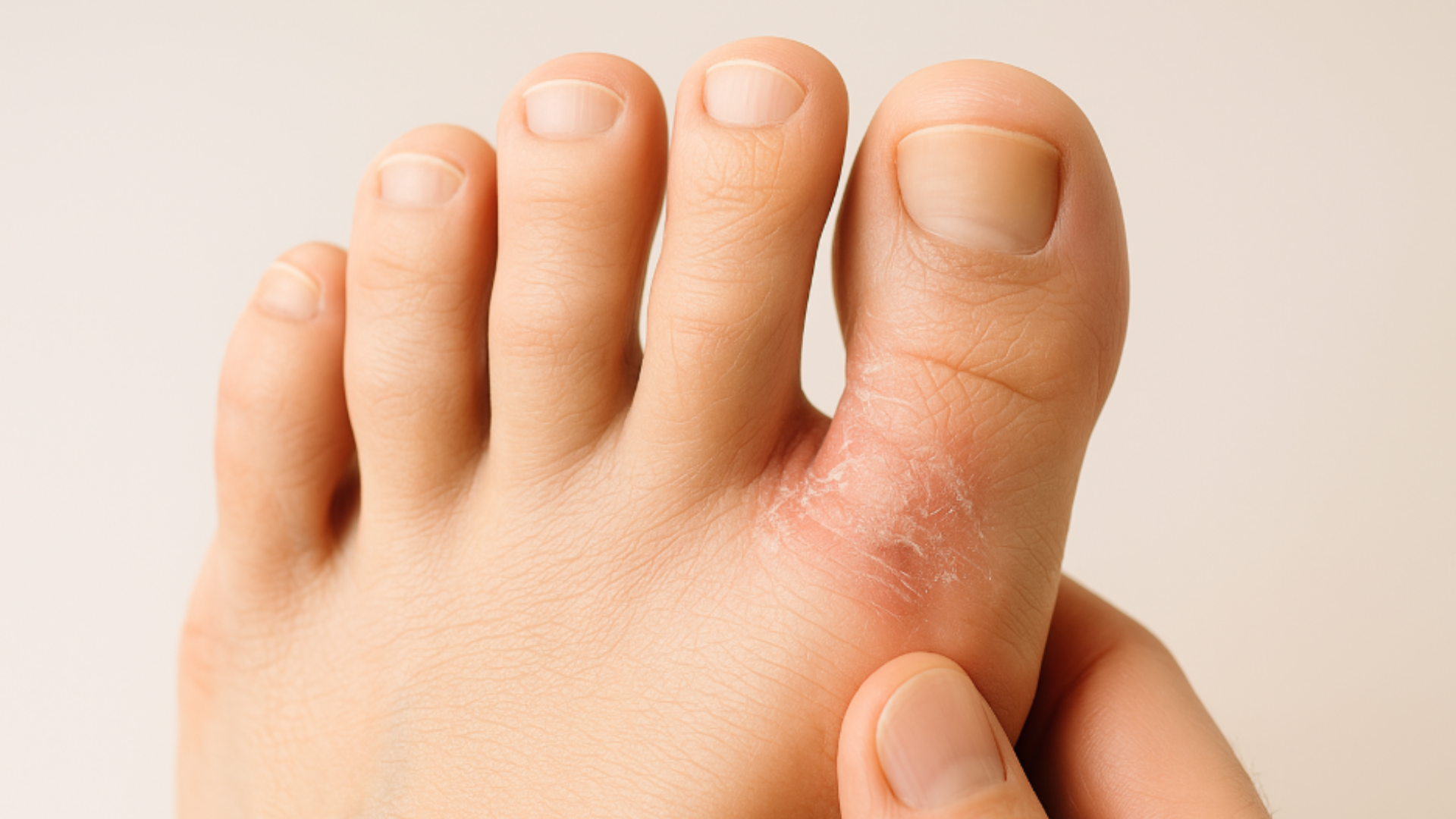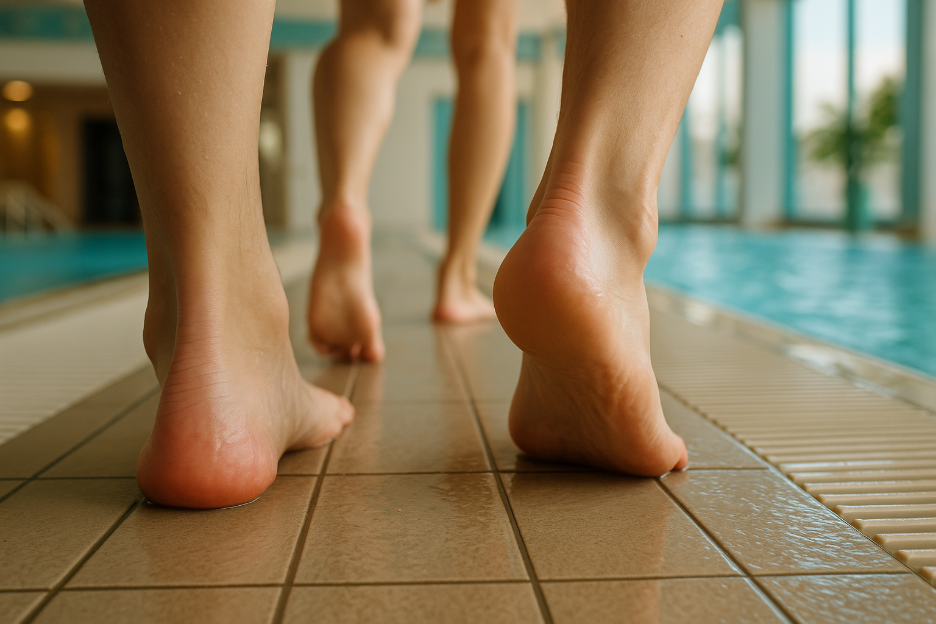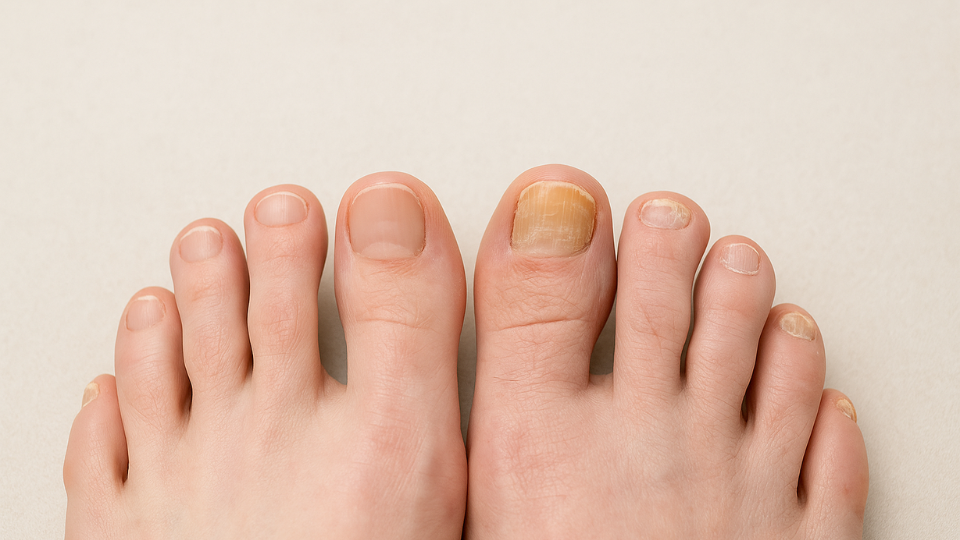Is Toenail Fungus Hereditary? What You Need to Know About Family Risk
Wondering if toenail fungus runs in your family? Learn about genetic risk, causes, and prevention from the podiatry specialists at FAS The Woodlands.

You’re dealing with an itchy, burning sensation between your toes or maybe you’ve noticed peeling skin that just won’t go away. Could it be foot fungus? And more importantly, can it spread to others? This is one of the most common concerns people have when it comes to athlete’s foot and other fungal infections.
Foot fungus refers to a group of skin infections caused by fungi that thrive in warm, moist environments, such as sweaty socks, damp shoes, or communal showers. The most common type is athlete’s foot, which typically begins between the toes and can spread across the foot or to other areas of the body.
Fungal infections like athlete’s foot (tinea pedis) are not only uncomfortable, they’re also highly contagious. Left untreated, they can spread from person to person, or even from one part of your body to another through:
So, if you're wondering is foot fungus contagious? The answer is a clear yes, and vigilance is key to avoiding exposure.
If you think you may be dealing with athlete’s foot or another fungal infection, don’t wait for it to worsen. Visit our Athlete’s Foot Treatment page to learn how the podiatrists at FAS The Woodlands diagnose and treat fungal conditions safely and effectively.
While anyone can develop a fungal infection, certain people are more vulnerable, including:
Understanding your risk can help you take early steps to protect yourself.

Taking simple precautions can go a long way in keeping your feet fungus-free. Here are some easy, effective strategies:
Want to keep your feet healthy and fungus-free? Here are 5 ways to protect your toenails from fungus.
Caught it early? Mild cases of athlete’s foot often respond to over-the-counter antifungal creams, sprays, or powders. However, if the infection persists, spreads, or keeps coming back, it’s time to see a podiatrist.
Persistent symptoms? Don’t wait. Getting expert care can prevent the infection from worsening or spreading to toenails and other areas. You should schedule an appointment if:
At Foot & Ankle Specialists (FAS) The Woodlands, we’ll identify the exact cause of your symptoms and guide you. The key is recognizing the early signs, preventing spread, and treating it effectively when it appears.
Whether you’re struggling with persistent athlete’s foot or simply want to avoid infection, the team at Foot & Ankle Specialists FAS The Woodlands is here to help. Schedule an appointment today.

Wondering if toenail fungus runs in your family? Learn about genetic risk, causes, and prevention from the podiatry specialists at FAS The Woodlands.